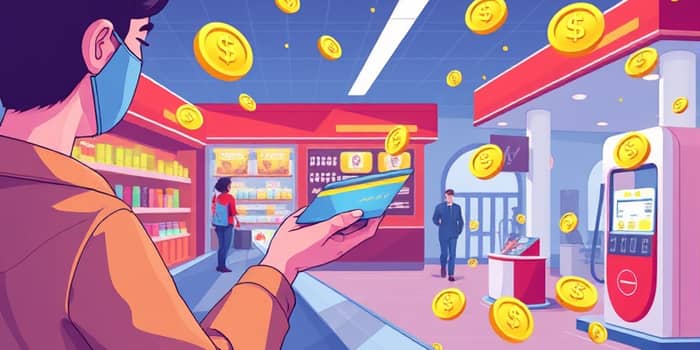
Every swipe, tap or insert can become more than just a transaction—it can be a small victory in your financial journey. By selecting the right cashback credit card, you transform routine purchases into reliable savings.
Cashback credit cards stand out because they offer direct monetary returns on spending. Unlike point-based systems that require complex redemptions, cashback rewards arrive as statement credit or direct deposit, making it easier to offset rising everyday costs.
With grocery bills, dining out and filling up your tank becoming increasingly expensive, even a modest percentage back can accumulate into substantial savings over a year. There are no blackout dates, no intricate loyalty tiers, and you don’t need to manage multiple reward programs.
Cashback structures vary by card type. Understanding the mechanics helps you pick what fits your lifestyle.
First, flat-rate cards offer the same percentage back on all purchases. If you value consistency over chasing varied categories, this approach can simplify your finances.
Second, bonus category cards provide elevated rates for specific everyday expenses. Typical categories include groceries, gas and dining. These cards may deliver substantial rewards where you spend most.
Finally, some issuers introduce rotating categories each quarter, requiring activation to earn higher returns. This model suits planners who can track and adapt to changing categories throughout the year.
Selecting the best cashback card means aligning card features with spending patterns:
Based on June–July 2025 data, these cards excel at delivering consistent and category-specific rewards:
In mid-2025, flat-rate cards averaged 1.5%–2% cash back on all purchases. Bonus-category cards delivered 3%–6% back for groceries, dining and gas, often capped at spending limits.
New cardholder bonuses ranged from $200 to $250 after meeting $500–$2,000 spending requirements in the first 3–6 months. Introductory APR offers spanned 12–15 months, helpful for balancing temporary large expenses.
Data indicates that blending a flat-rate card with a specialty category card often yields the highest returns. Consumers who split purchases between a 2% flat-rate option and a card offering up to 6% in high-spend categories see average effective cash back above 2.5% annually.
Issuers now allow instant redemption with no minimum thresholds for statement credits or direct deposits, improving user flexibility. And while cashback cards may lack premium travel perks, they frequently include purchase protections and extended warranties to safeguard your buys.
Choosing the right cashback credit card transforms daily spending into consistent savings. By matching card features to your unique needs, you unlock greater financial flexibility and make every purchase work harder for you.
References













